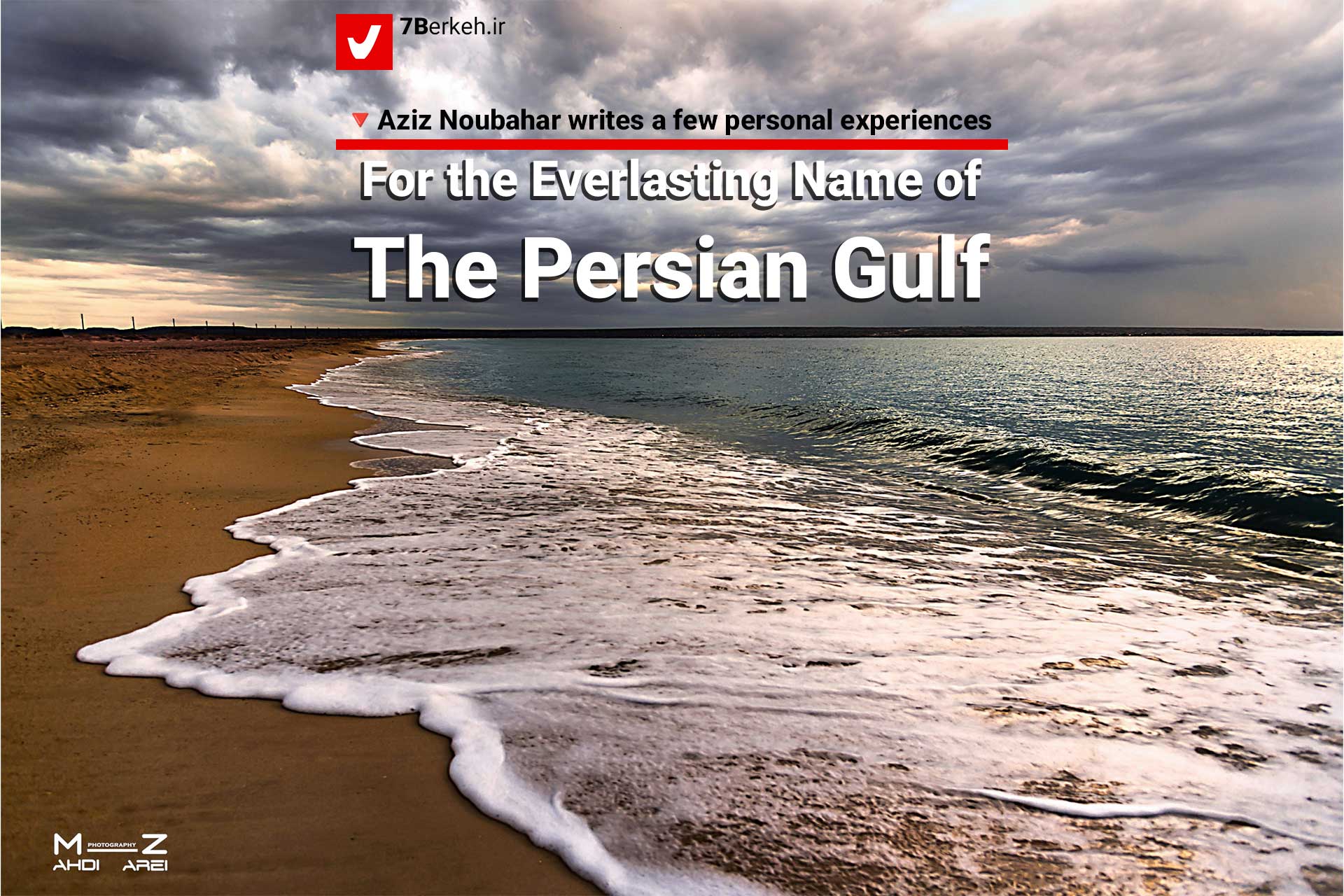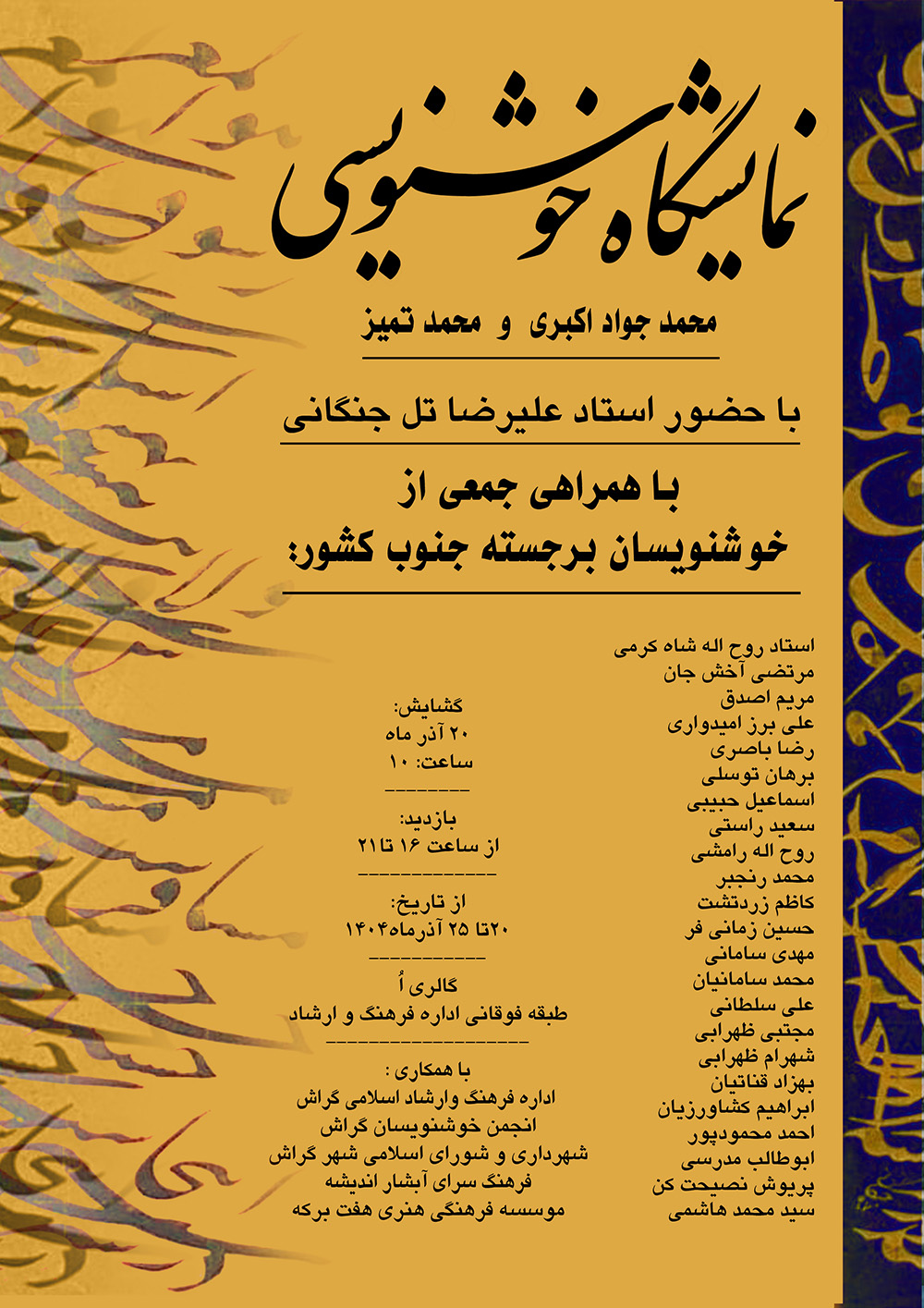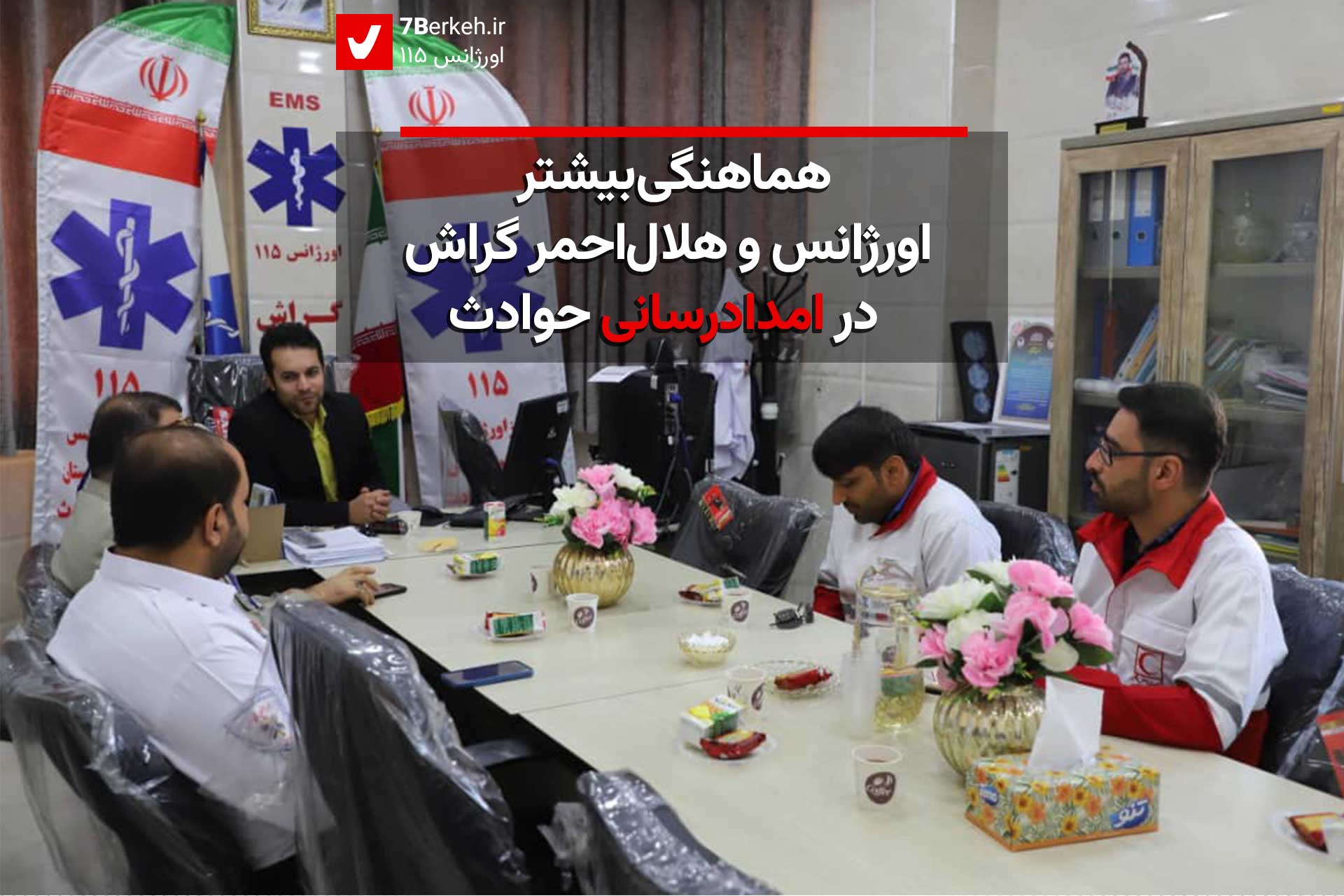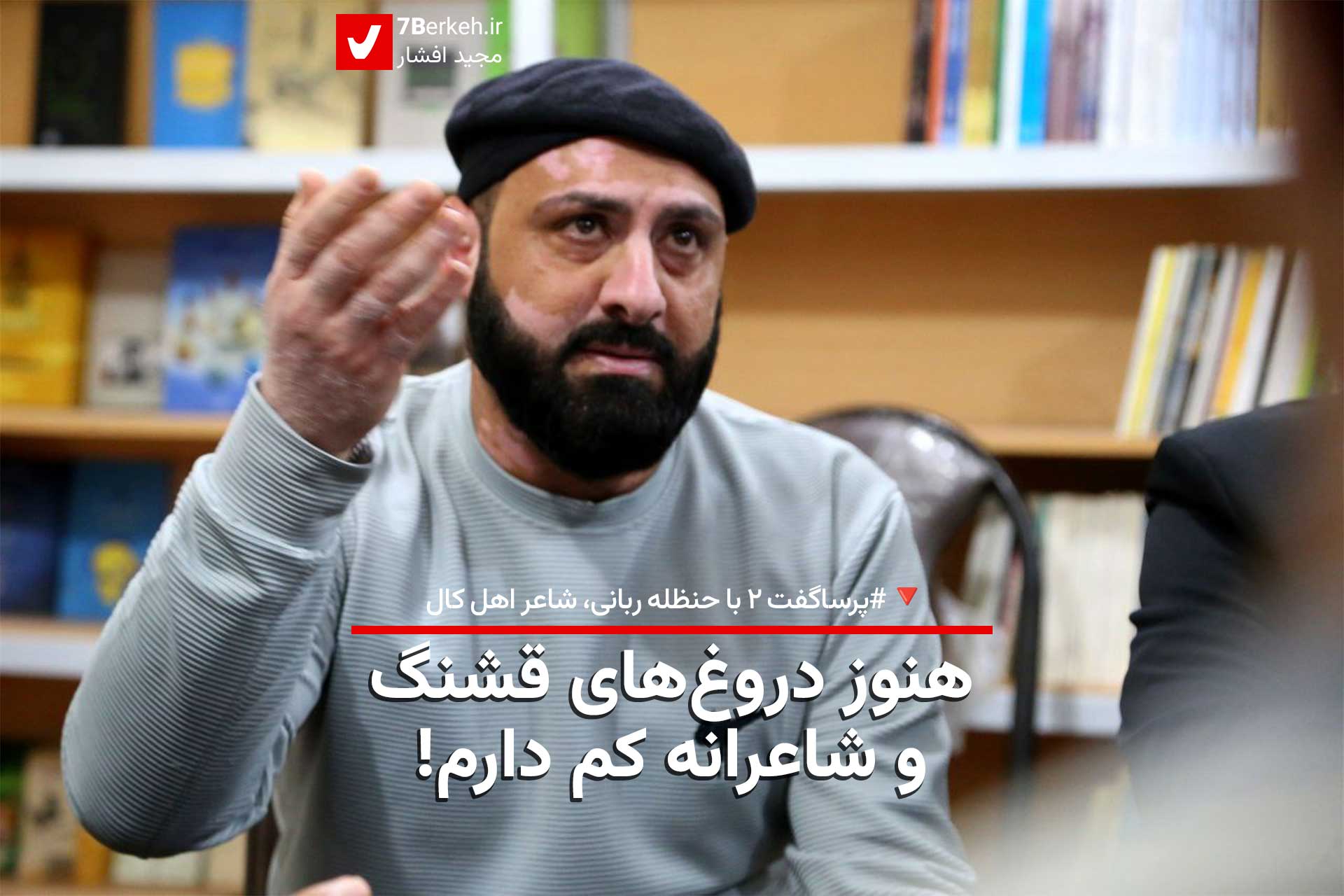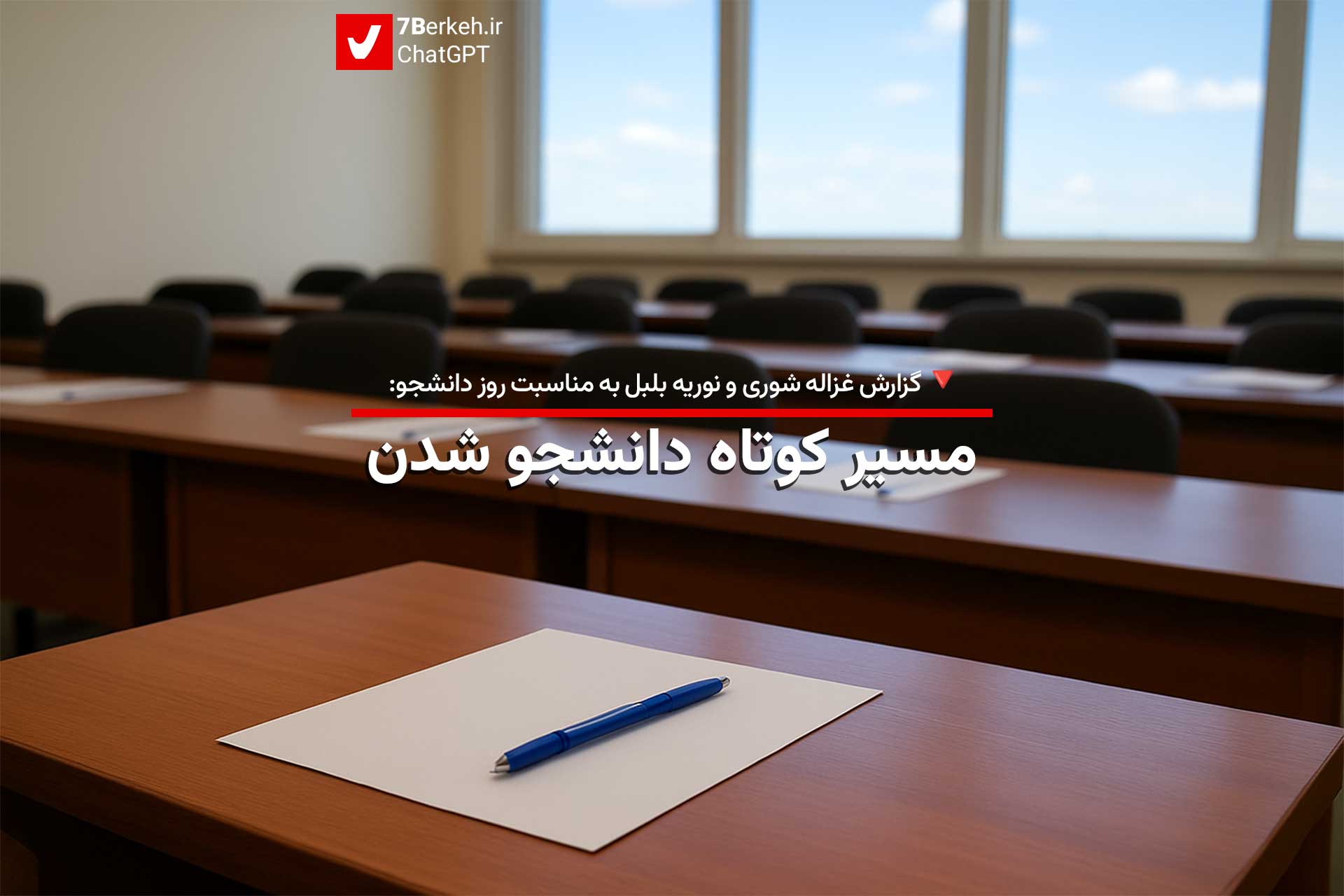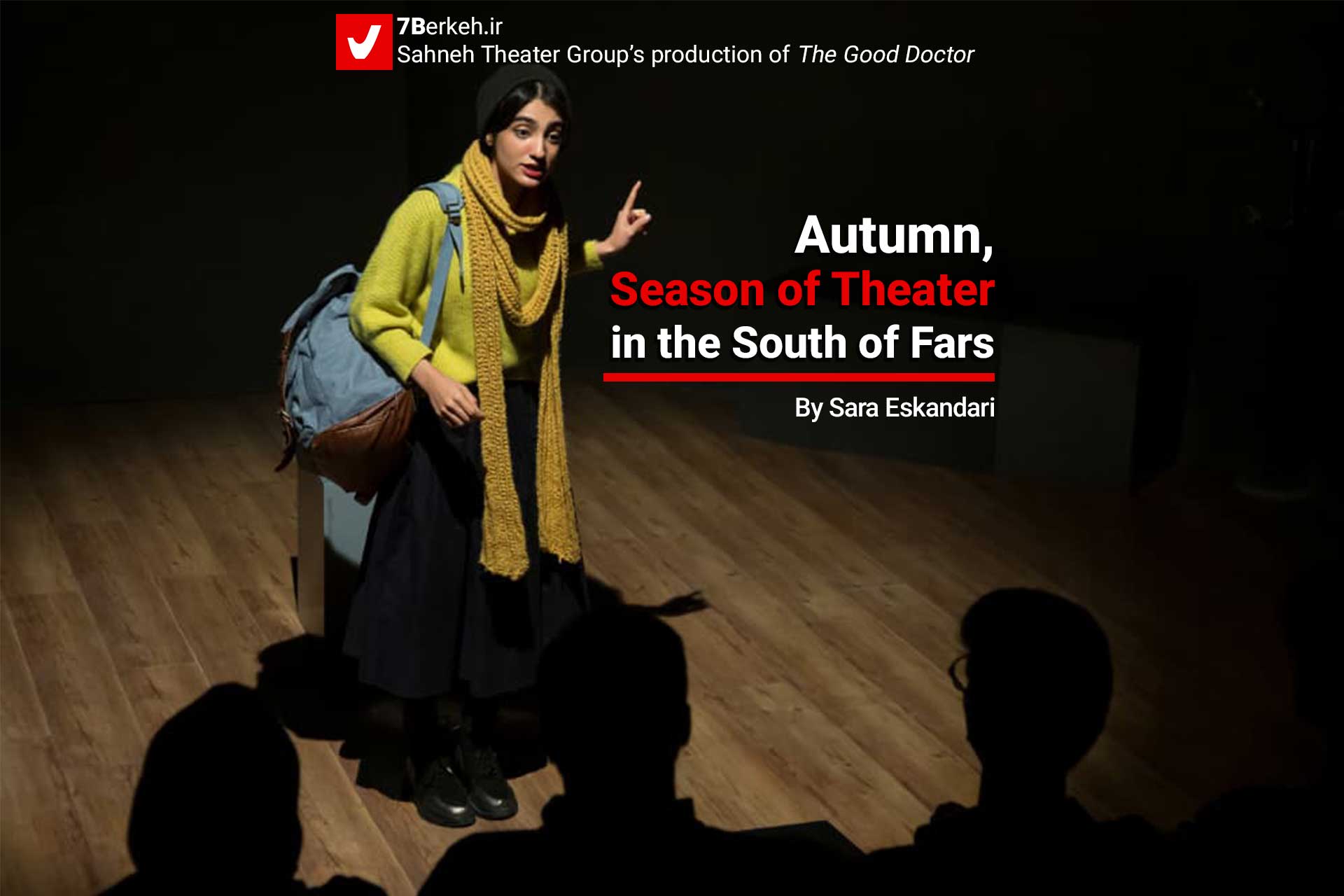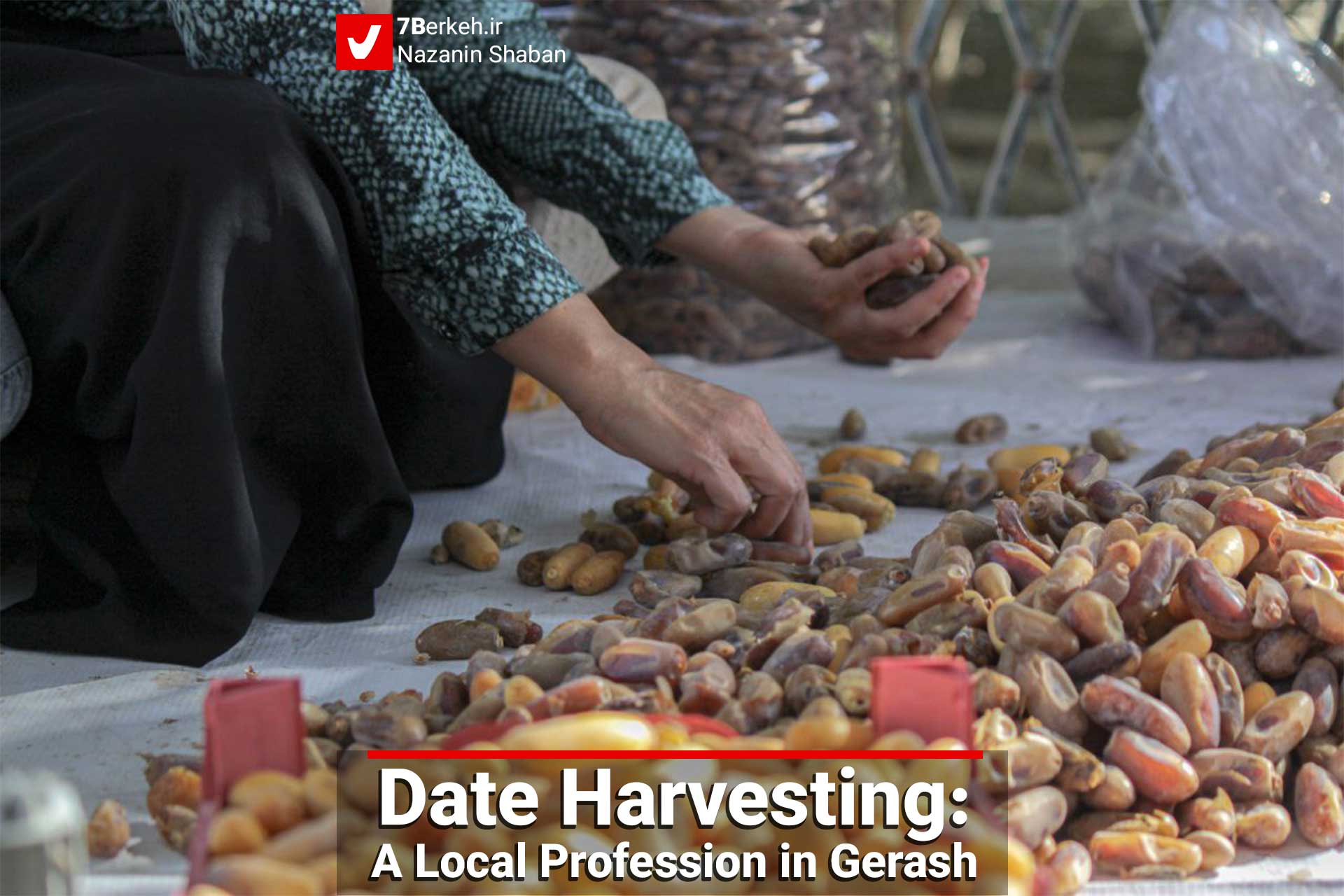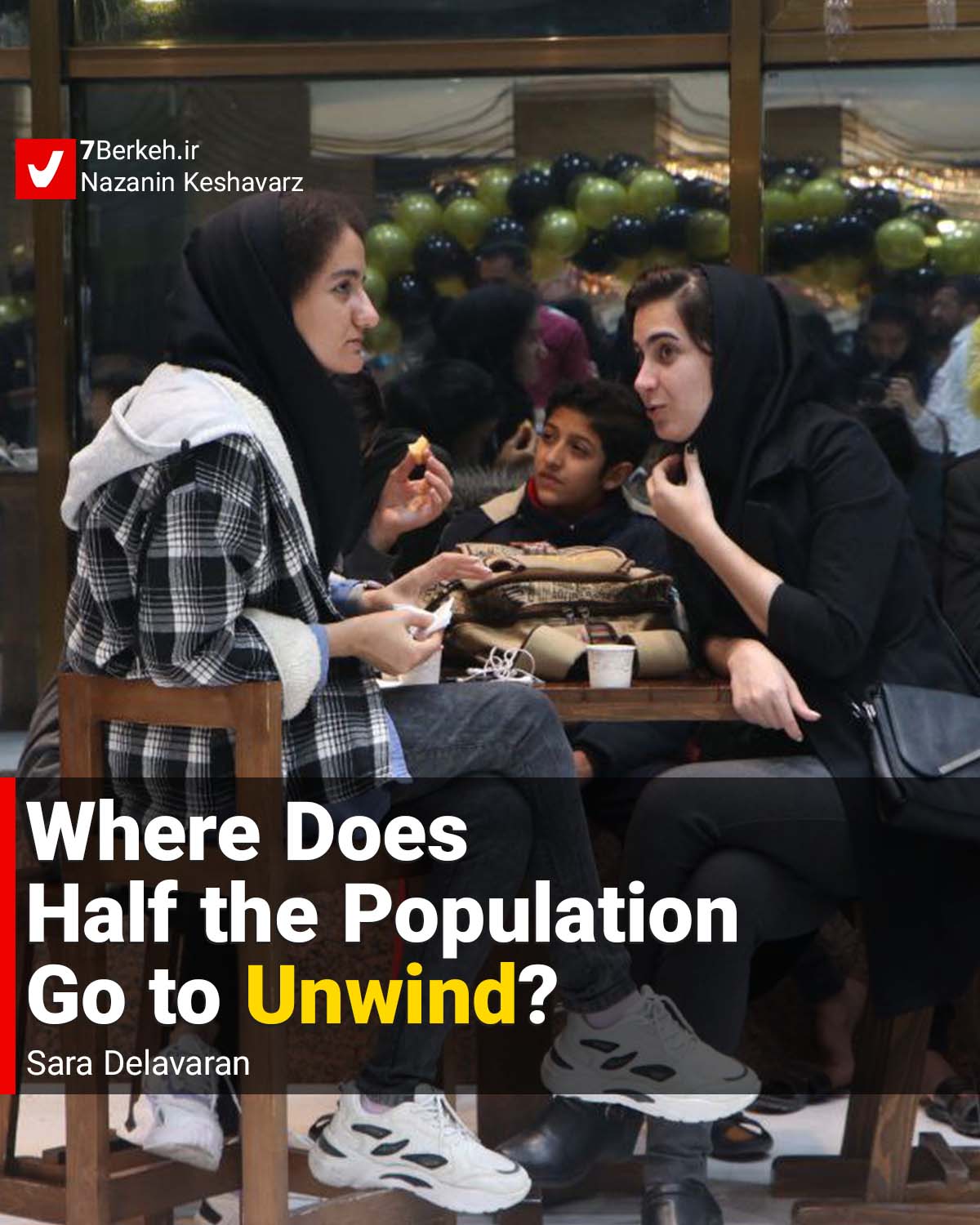7Berkeh – Aziz Noubahar: “The Persian Gulf” is not just a word in geography but a sign of a historical, cultural and national identity that has been on the map of the world for centuries and has been documented in authentic international documents. For me, this name has a deep bond with homeland; a bond that was evaluated frequently and sometimes challenged in my business trips and residences in other countries for years.
The 1960s were a time when many of our fellow-citizens were engaged in economic activities on both sides of The Persian Gulf and the political movement of Pan-Arabism was not known yet to many. My late father, Haj-Abdolhossein, who travelled to Sharjah, Muscat and Qatar recalled: “On one of my business trips, while we were delivering the imported goods from the customs, I saw the seal of “A-r-a-b-i-c Gulf” on the documents; so, we refused to unload the goods. The dispute rose till the Iranian Embassy investigated it and after struggling with the local employee who was from Egypt, finally they returned the seal of “The Persian Gulf” and the agent was fired too”. My father believed that these kinds of distortions were the result of the policies of the Gamal Abdel Nasser era; the policies which tried to rewrite the identity of the region by historical narrative-making.
This happened to me many years later in 2008 as if nothing had changed. While flying with Cathay Pacific Airlines to Hong Kong, I realized that the flight screens displayed the fake name instead of “Persian Gulf”. Accompanied by my wise friend who was fluent in Chinese and English, we talked it over with the flight attendants. They apologized politely and promised to pursue it. Or in the City of Shenzhen in China, there is a tourist attraction called “Windows of the World”, in which the cultural monuments of countries are reconstructed in smaller dimensions. When we arrived at the Iran section, we unfortunately saw that Sheikh Lotf-Allah Mosque and Persepolis in Iran were introduced as Arabic Art. Once more, we discussed the matter with the exhibition officials and they admitted the mistake and amended the title.
These are two personal experiences that show that this historical distortion is not confined to the present times and has a longer history. It also demonstrates how sensitive our people are to this distortion; so mush so that they do not easily pass over even the most trivial cases and try to play their role. I hope that the statesmen will react the same with more seriousness and authority.
Distorting the name of the “Persian Gulf” is not limited to personal mistakes or negligence. Sometimes at the highest political levels, such distortions are repeated with purely commercial purposes. For instance, Donald Trump, the current president of the United States, deliberately used the fake name on the eve of his trip to the Middle East. In my opinion, this action was not merely the result of historical ignorance, but a commercial and profit-seeking behavior in order to satisfy the Arab countries of the Persian Gulf and sign lucrative economic contracts.
Against these distortions, Iran ought to react decisively, well-documented and diplomatically. Official protest in international institutions, media information and taking advantage of cultural and scientific capacities to establish the historical name of the “Persian Gulf” are some essential actions.
However, beyond the external reactions, a golden opportunity is hidden there: this issue can turn into a point of union for Iranians’ national feelings; a point from which the government can benefit for national reconciliation. Maintaining territorial integrity, historical identity and the official borders of the country is the common grounds for all the political, ethnical and social movements in Iran. Maybe “The Persian Gulf”, this everlasting name, can provide a chance for renegotiating with ourselves; with a proud and united Iran.
This is a translation of a Persian article. Read the original here.
